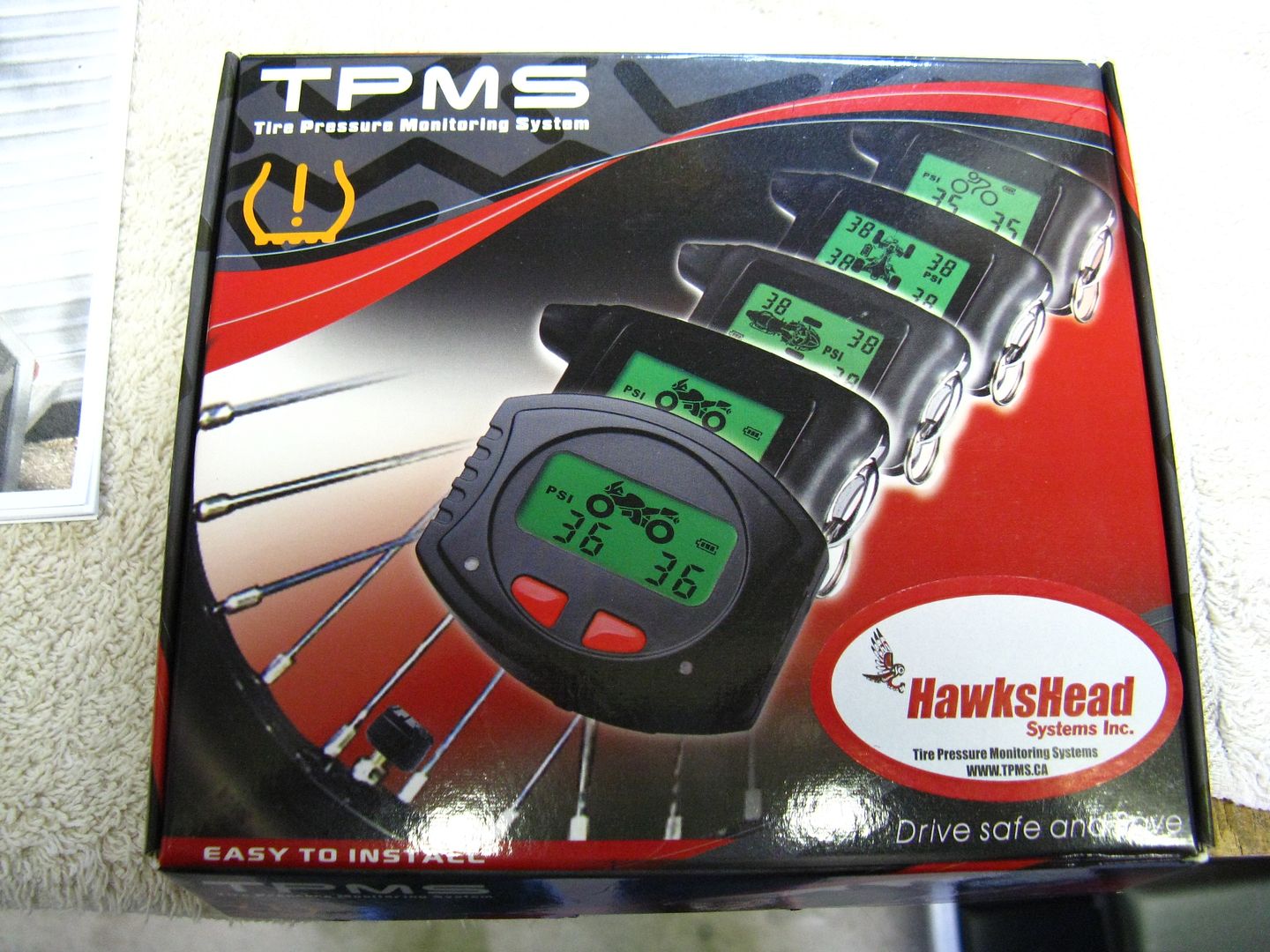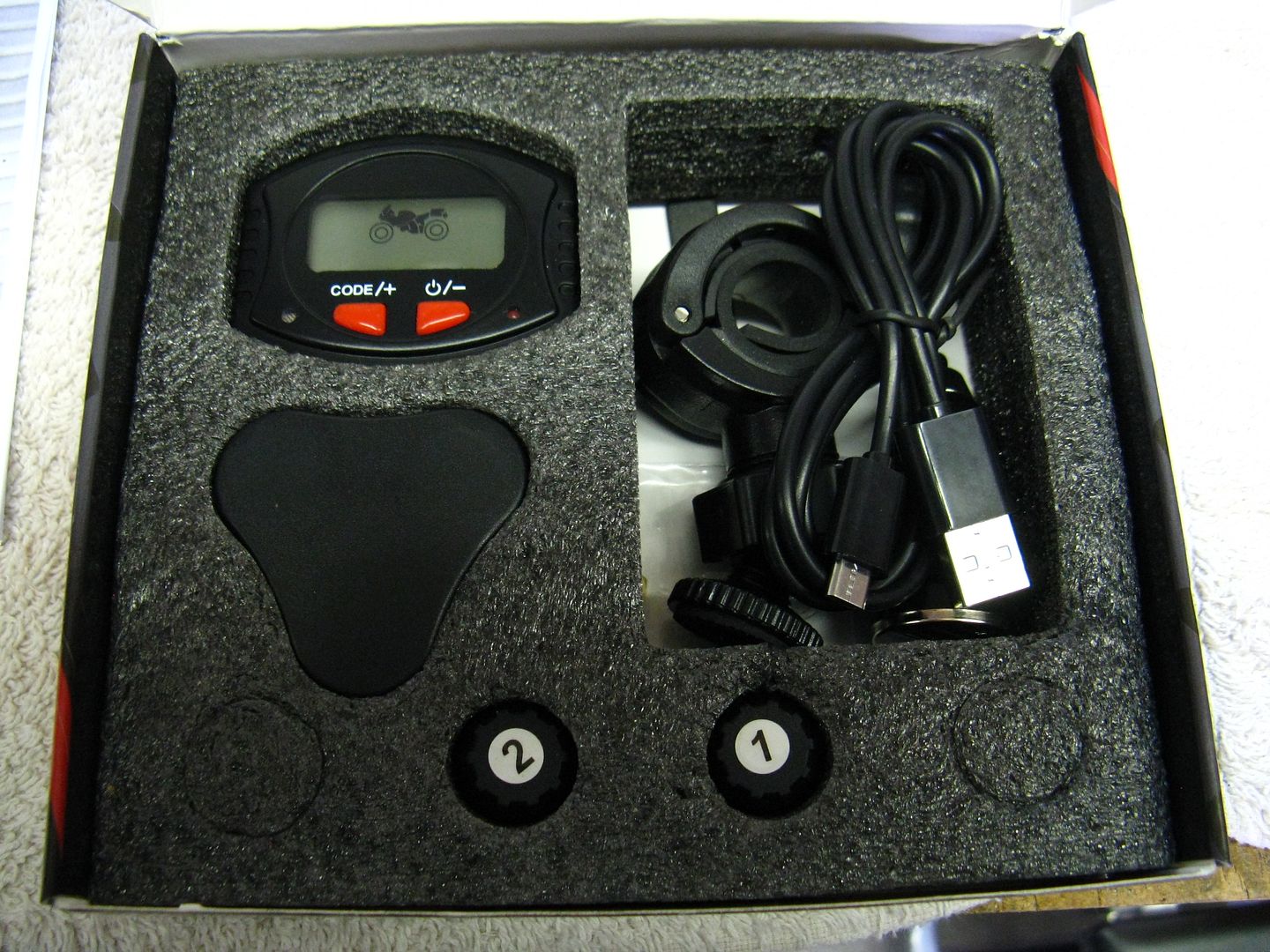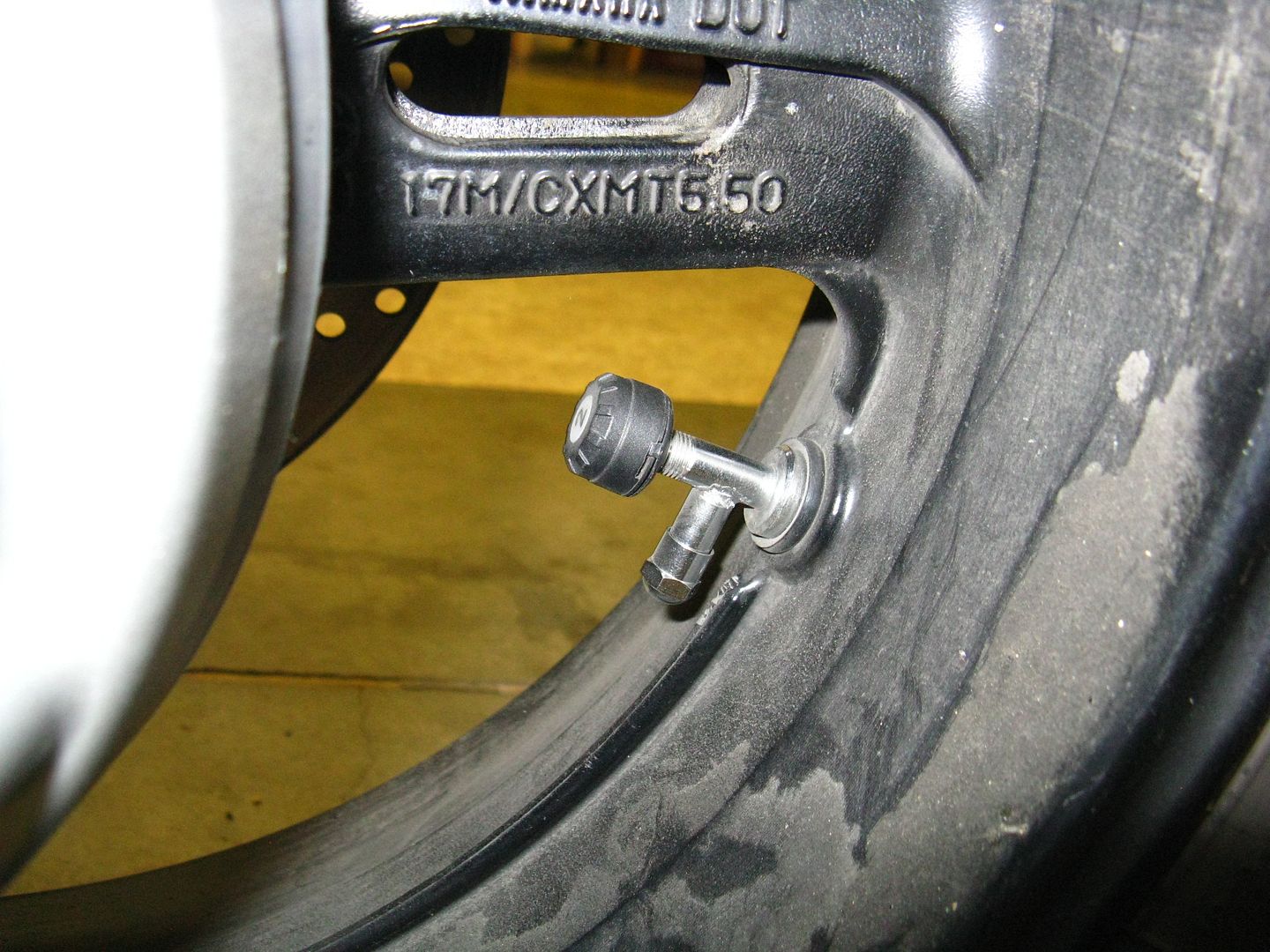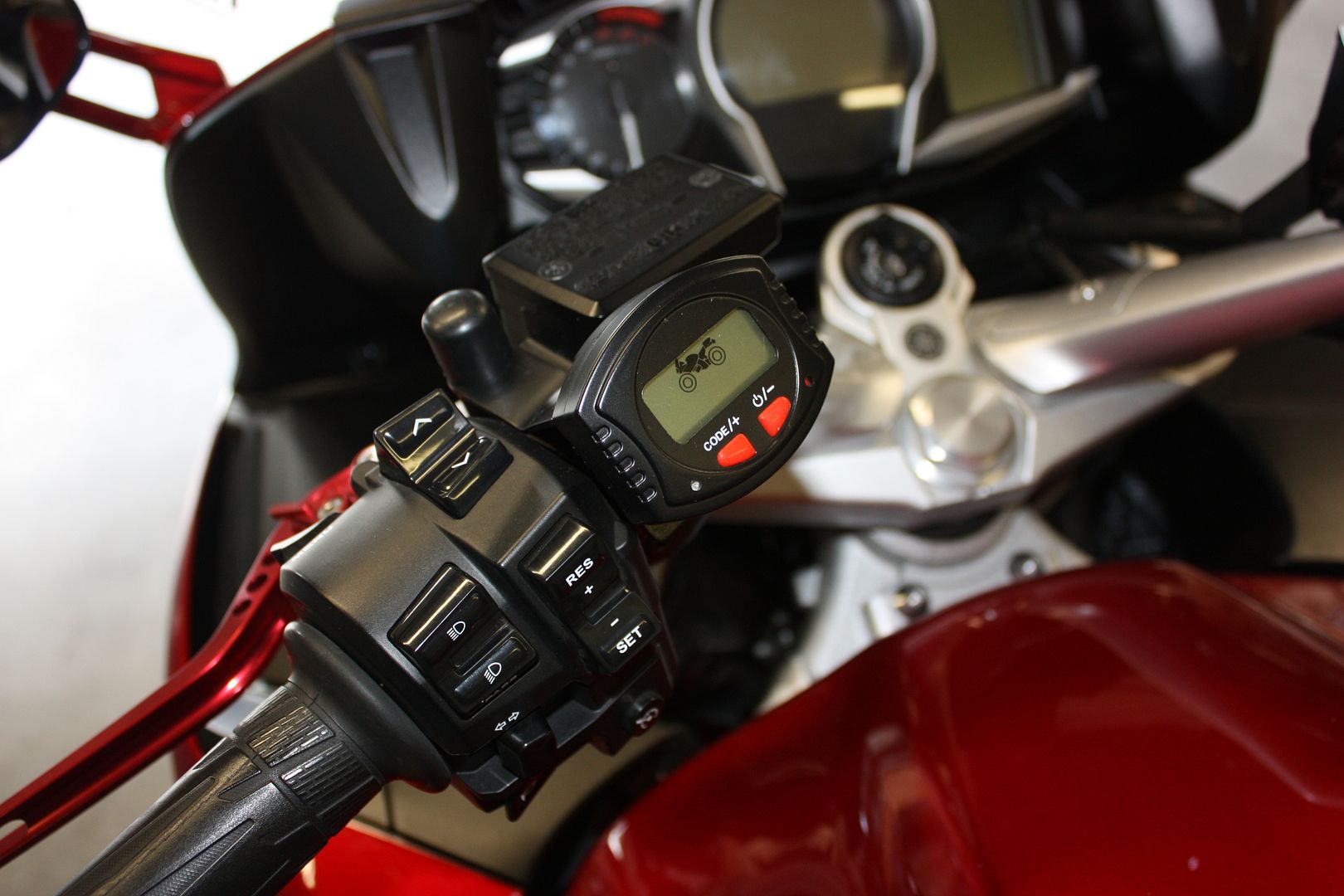Hi Nels,
I traded an '07 ST1300 for a 2016 ES, six months ago. Great ride overall. Suspension and cruise are awesome, led lighting is great at night, very light clutch. I love the ease of changing suspension settings with a few clicks. At 80mph you are turning about 3,950-4000 rpm in 6th gear. I put on about 4500 miles this season, with no issues. One complaint I have is I wish the wind screen travel range were wider. ST had roughly 7.5" vs FJR's 5".
Good luck,
Yury
I traded an '07 ST1300 for a 2016 ES, six months ago. Great ride overall. Suspension and cruise are awesome, led lighting is great at night, very light clutch. I love the ease of changing suspension settings with a few clicks. At 80mph you are turning about 3,950-4000 rpm in 6th gear. I put on about 4500 miles this season, with no issues. One complaint I have is I wish the wind screen travel range were wider. ST had roughly 7.5" vs FJR's 5".
Good luck,
Yury








